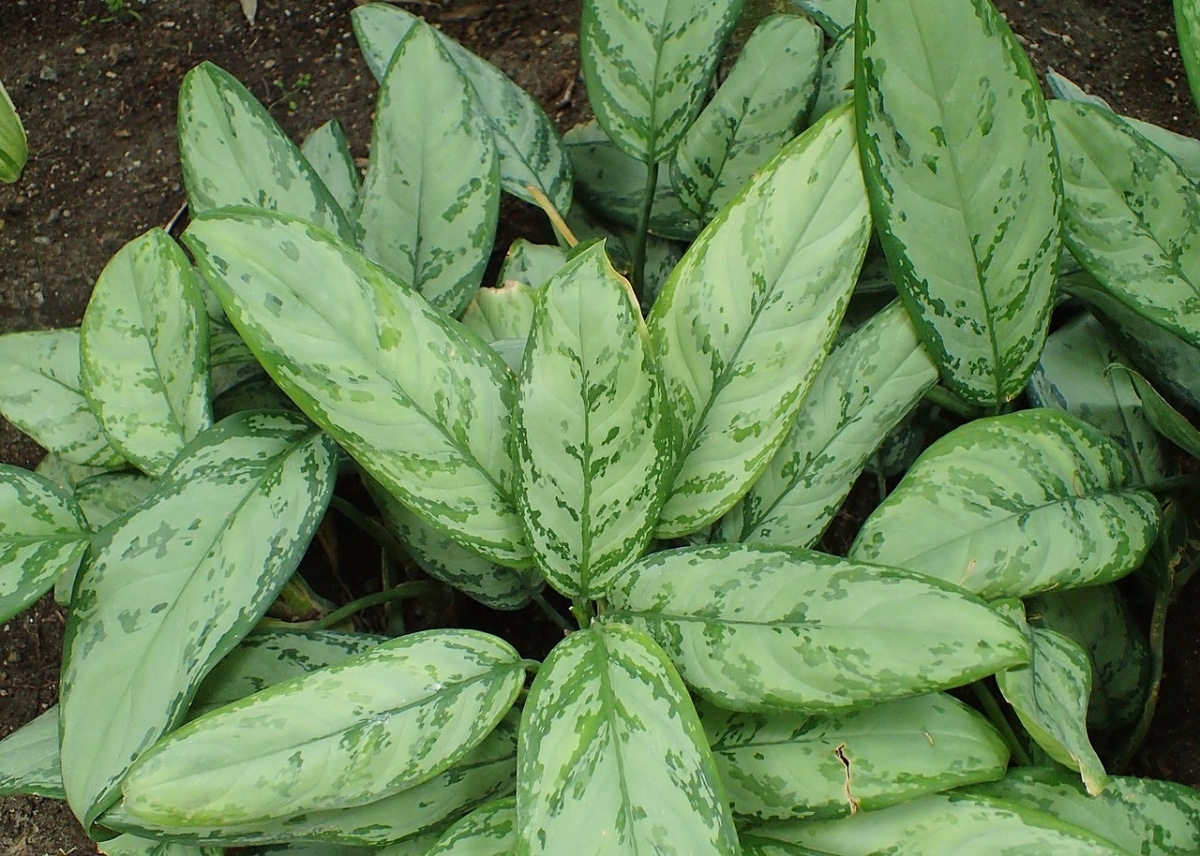
Image - Wikimedia / Krzysztof Ziarnek, Kenraiz
Why is it that we are so attracted to tropical plants? They have very decorative leaves, dyed in shades of red, green and yellow, and they also produce spectacular flowers. The Aglaonema It is one of those that, when you go to the nursery or the local market, you cannot stop looking at it. Is beautiful.
In hot and tropical climates it can be grown all year round outside, but in the rest we will have no choice but to keep it indoors. Regardless of where you live, we want it to last you a long time, so we are going to offer you several tips to make it so.
Characteristics of aglaonema
The Aglaonema is a wonderful evergreen herbaceous plant native to the tropical and humid forests of the Asian continent. It can grow up to a height of 150cm, although in a pot it does not usually exceed 60-70cm.
Its leaves are simple, and very long, up to 20 centimeters in length. Their colors vary greatly depending on the variety and the cultivar, and can be green and reddish, green with a glaucous center, dark green, etc.
PREMIUM QUALITY
Although the genus is made up of 20 different species, the best known are just these:
Aglaonema commutatum
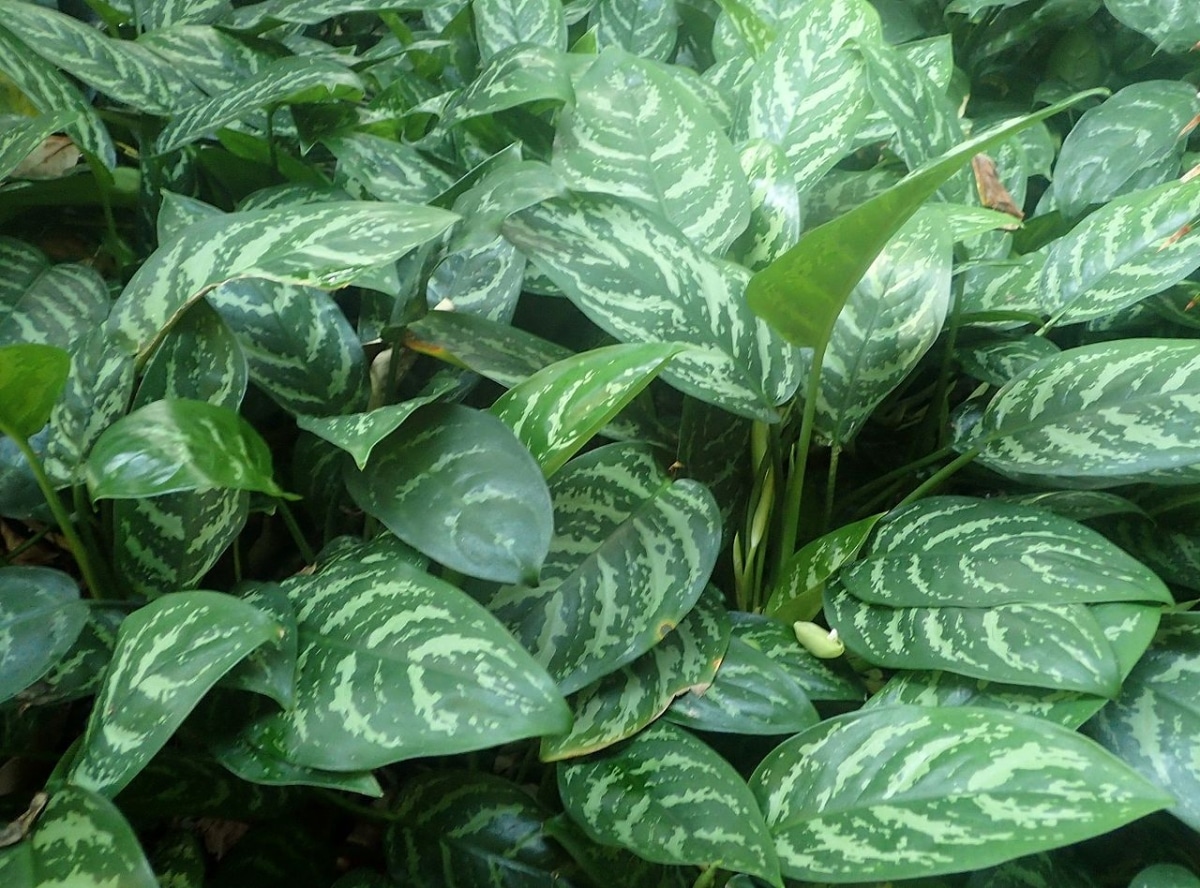
Image - Wikimedia / Krzysztof Ziarnek, Kenraiz
It is a perennial rhizomatous plant native to the Philippines that does not usually exceed 80 centimeters in height. It has large, oval leaves, dark green with silvery spots.
Aglaonema modestum
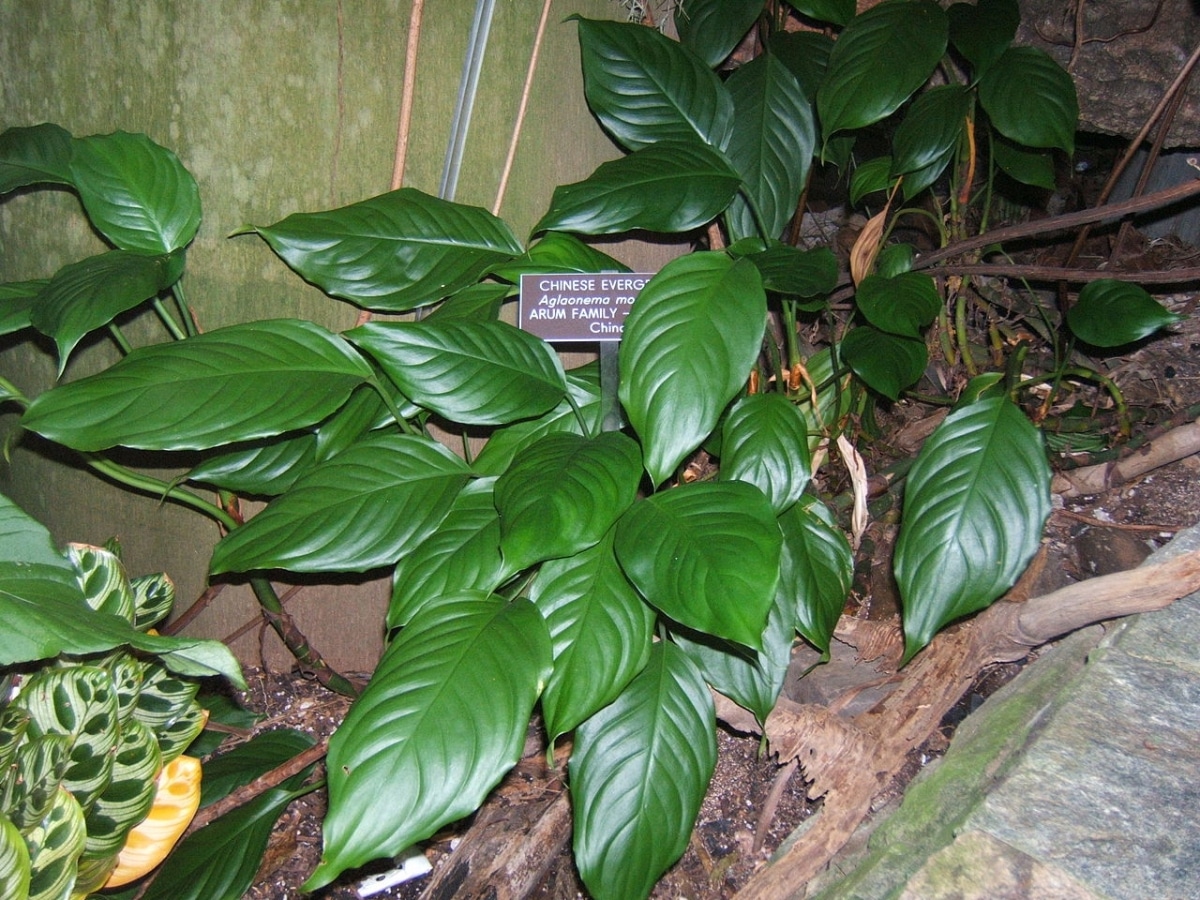
Image – Wikimedia/Mangostar
It is a native variety of Bangladesh, Laos, Thailand, Vietnam and also reaches the tropical regions of China. In its wild state, it has bright green leaves., similar to those of Spathiphyllum; but cultivars with leaves with a green margin and a whitish center have been obtained.
Aglaonema 'Pictum Tricolor'
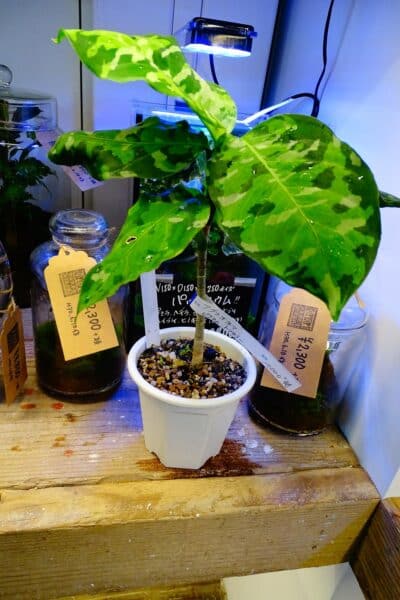
Image – Flickr/muzina_shanghai
It is a most curious cultivar, because features leaves of three different shades of green: dark green, lighter green, and another almost silver. It reaches a height of approximately 40 centimeters, but you have to know that its growth rate is slow.
Aglaonema 'Red Zirkon'
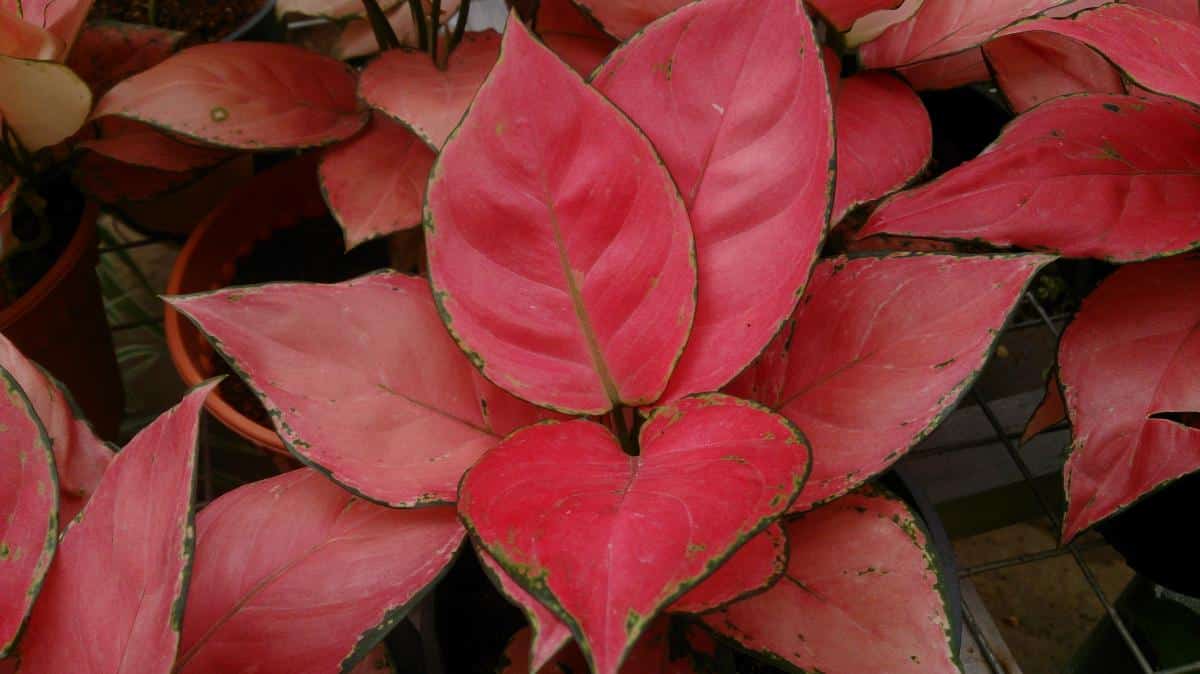
Image - Wikimedia / Mokkie
Also sometimes written as Aglaonema 'Red Zircon' (with a 'c' and not a 'k') and called aglaonema roja. As the name suggests, has red leavesRED is red in English), although when young he usually has them much lighter, more pink. It grows up to 40-60 centimeters tall, and is simply gorgeous.
Aglaonema 'Spotted Star'
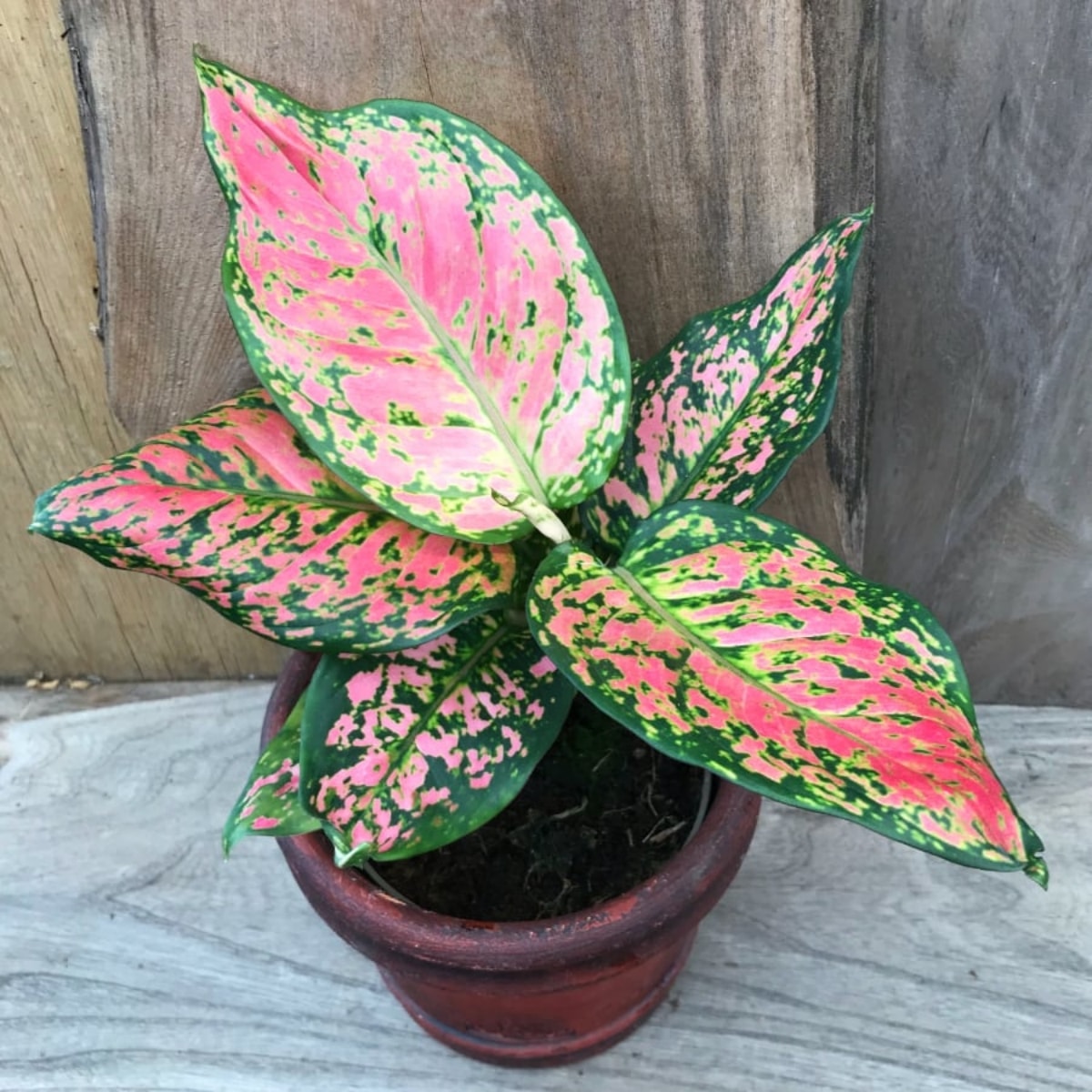
Image – blomsterfamiljen.se
This cultivar of Aglaonema has two shades of green leaves with reddish/pink spots. It is very rare, and also very sensitive to frost. But there is no harm that is not good: if temperatures in your area drop below 15ºC, you can take advantage of it and have it at home.
Aglaonema care
Aglaonema is a very delicate plant when grown in a region with a temperate climate. Being native to humid tropical forests, it is important to keep in mind the following:
- fear the cold
- Requires high ambient humidity
- And it can't stand extreme heat
But in addition, it will be convenient to provide the care that we are going to tell you about below:
Irrigation and fertilizer
If we talk about irrigation, it has to be watered twice a week in summer and once every six-seven days the rest of the year with water without lime. In spring and summer you have to take the opportunity to fertilize it with a universal fertilizer for plants, or with organic fertilizers in liquid form such as guano (for sale here).
Transplant – Change of pot
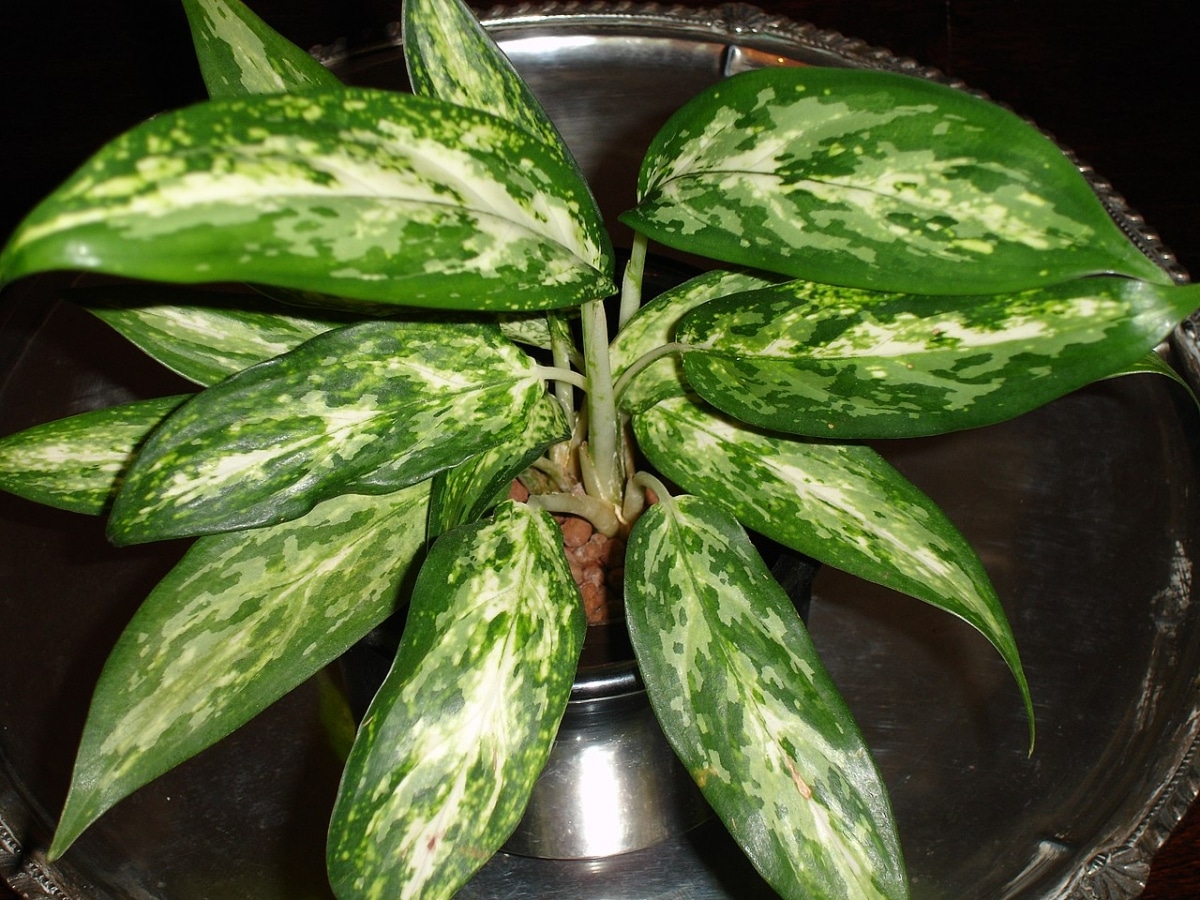
Image - Wikimedia / LucaLuca
To keep her beautiful and healthy, it is very important to change the pot to a slightly larger one every 2 springs with substrate for acid plants (for sale here) or if you want with coconut fiber that you can buy here.
If you live in an area where temperatures remain above 18ºC throughout the year, you can choose to plant it in the garden.
Where to place aglaonema?
After transplanting and watering it, it must be placed in a very bright area (without direct sun) and airy, since otherwise its leaves will lose color and weaken. It has to be its final location, because it does not like that we are moving it.
Humidity (of the air)
When air humidity is low, tropical plants have a very hard time, as their leaves dehydrate and consequently turn brown. To avoid it, It is advisable to put glasses of water around them or spray them with lime-free water daily.
But beware: do not do this if you live on an island, near the coast, or in an area where humidity is high, since instead of helping it, what we would do would be to promote the appearance of fungi, which would cover the leaves with gray mold, and rot them. Therefore, before doing anything, you have to check the humidity in your area, for example with a home weather station.
Pests
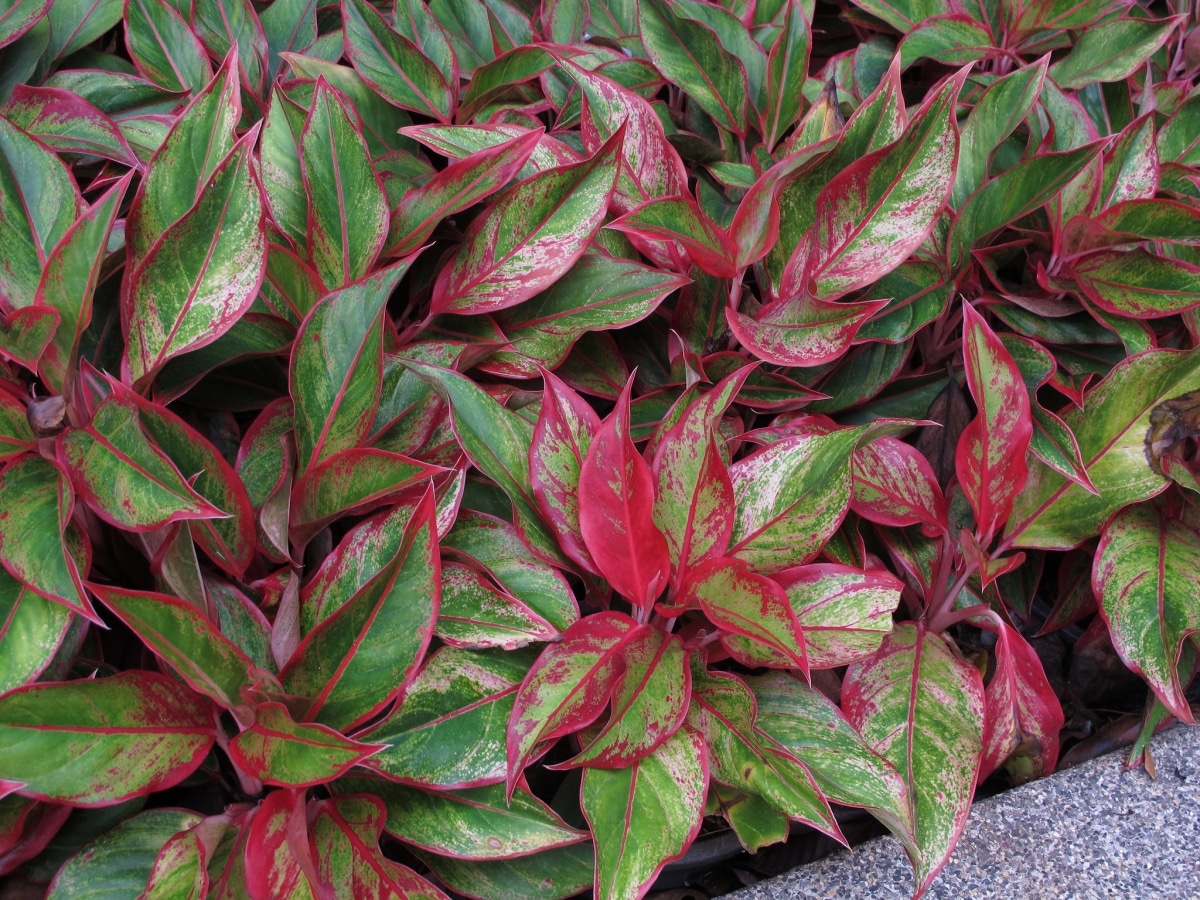
Image – Flickr/Scott Zone
Although Aglaonema is resistant to pests, if the environment is very dry it can be affected by mealybugs, Red spider y aphids. As it has the leaves of good size can be cleaned with a cotton swab soaked in pharmacy alcohol; thus we will not have the need to use any insecticide.
Where to buy?
If you want to have one, click here:
Have a lot of fun with your plant.
